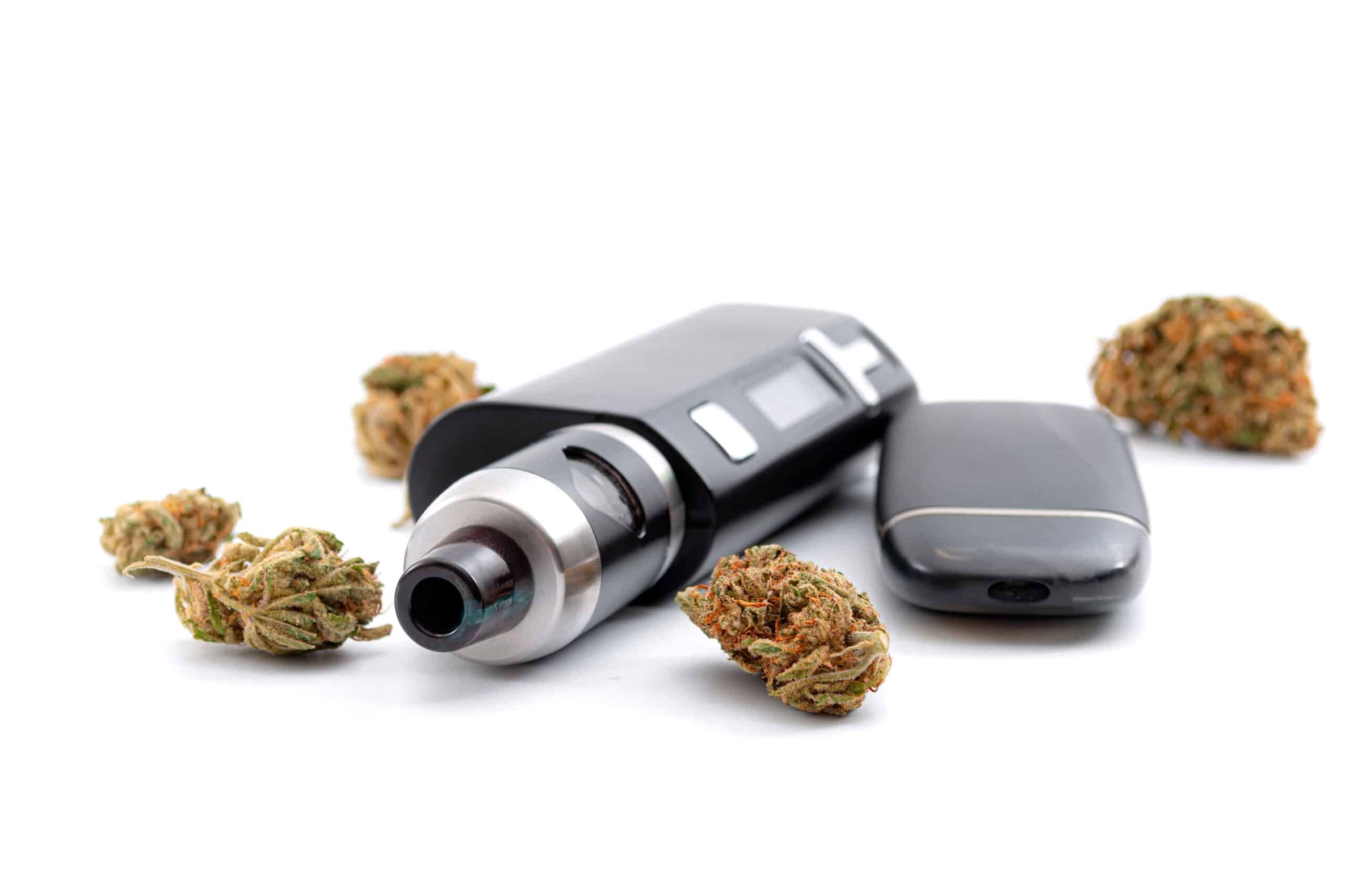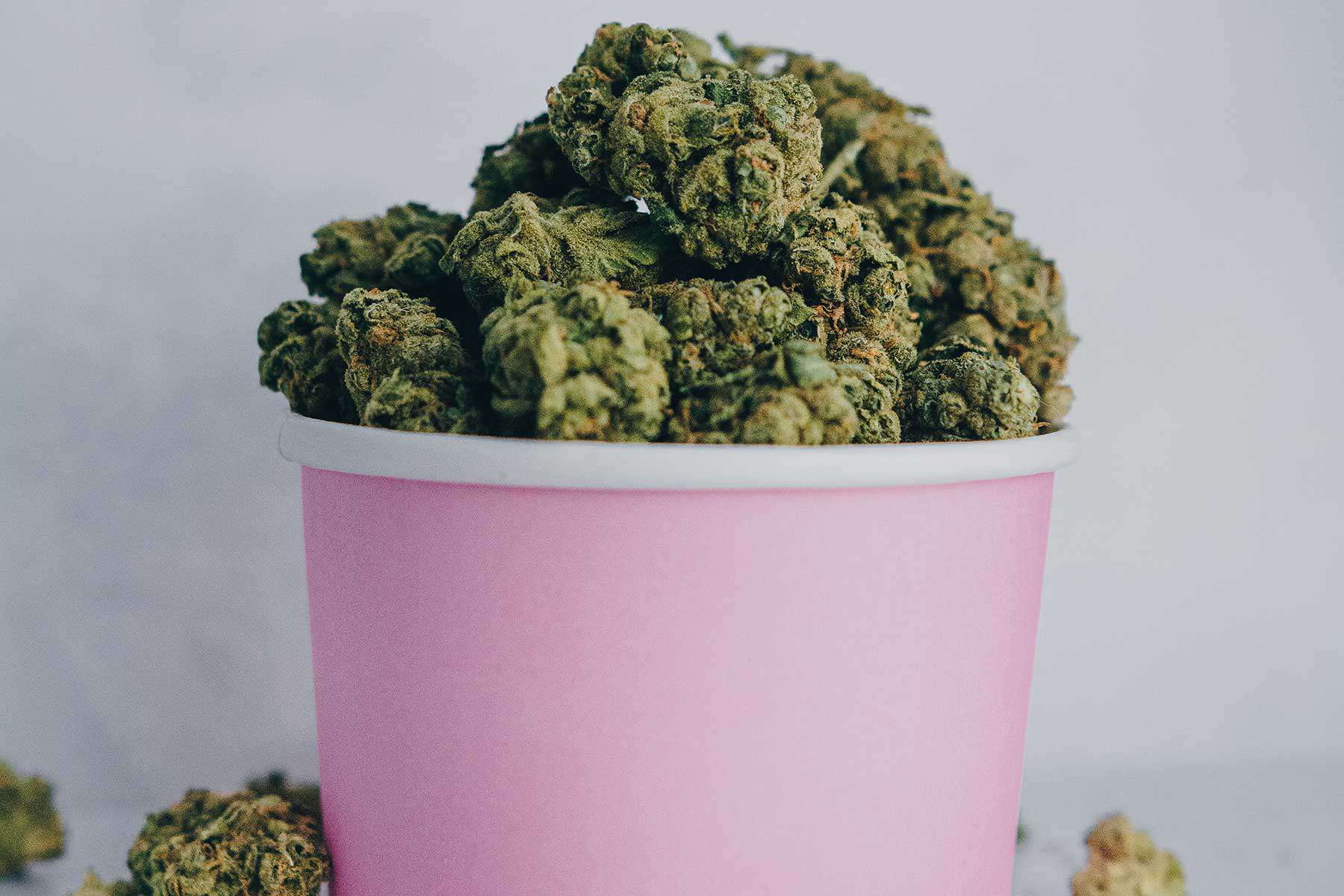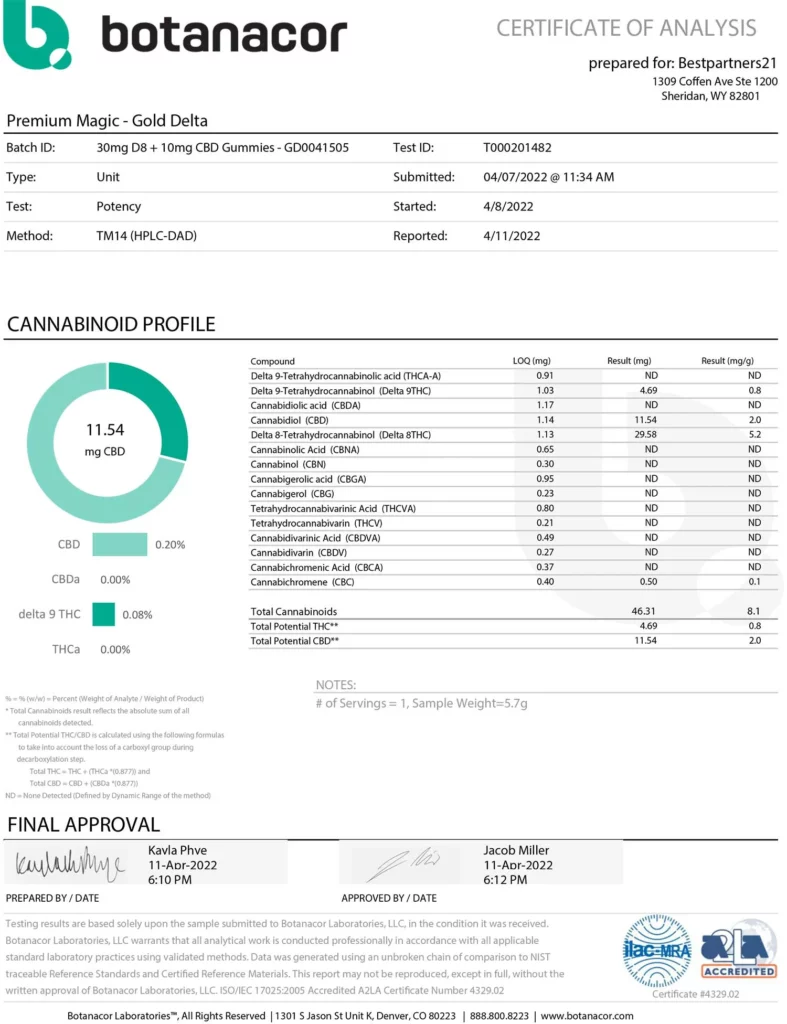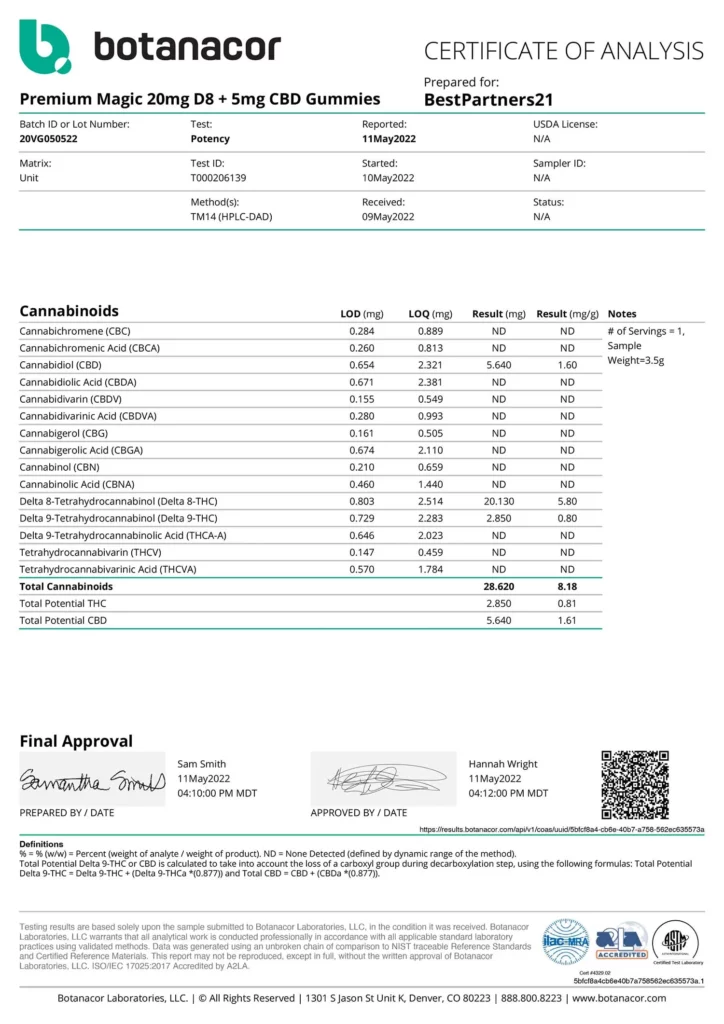
Smoking vs. Vaping Cannabis: Pros, Cons, and Differences

In this article, we will explore the key differences between smoking and vaping cannabis, along with their pros and cons. We aim to provide you with an unbiased understanding of these two popular methods of consuming cannabis. Whether you’re a seasoned user or new to the world of cannabis, this article will help you make an informed decision. So, let’s delve into the world of smoking and vaping cannabis and discover their distinct characteristics and potential effects.
What is Smoking Cannabis?
Smoking cannabis involves the combustion of dried cannabis flowers or buds and inhaling the resulting smoke. This method has been widely practiced for centuries. To smoke cannabis, the dried flowers are typically rolled into a joint or packed into a pipe or bong.
Pros of Smoking Cannabis:
- Quick onset: Smoking cannabis offers a rapid onset of effects, allowing users to feel the desired effects within minutes.
- Full spectrum experience: When smoking cannabis, users can experience the full range of cannabinoids and terpenes present in the plant, which may enhance the overall experience.
- Ritualistic and social aspect: Smoking cannabis can be seen as a social activity, often enjoyed in groups, and can create a sense of community and shared experience.
Cons of Smoking Cannabis:
- Health risks: Smoking cannabis involves inhaling smoke, which can irritate the lungs and throat. Prolonged smoking can lead to respiratory issues and increase the risk of developing lung diseases.
- Odor and visibility: The strong odor produced by smoking cannabis can be noticeable and may attract unwanted attention. Additionally, smoke can linger in the air and on clothing, which may not be desirable in certain settings.
- Inconsistent dosing: Achieving consistent dosing when smoking cannabis can be challenging since it’s difficult to gauge the exact amount of cannabinoids consumed in each inhalation.
By understanding the process and weighing the pros and cons, individuals can make informed decisions about whether smoking cannabis aligns with their preferences and health considerations.

Delta-8 Gummies – Gold Tropical Mix
Original price was: $82.99.$39.99Current price is: $39.99.
Or Subscribe and Save 30%

Delta-8 Gummies – Gold Paradise Mix
Original price was: $82.99.$38.99Current price is: $38.99.
Or Subscribe and Save 30%
What is Vaping Cannabis?
Vaping cannabis involves heating cannabis flowers or concentrates to a temperature that vaporizes the cannabinoids and terpenes without combustion. The vapor is then inhaled through a vaping device, such as a vaporizer pen or a desktop vaporizer.
How Vaping Works:
Vaping devices consist of a heating element that warms the cannabis material to a specific temperature, typically between 350 to 450 degrees Fahrenheit (175 to 230 degrees Celsius). This controlled heat releases the desired compounds in the form of vapor, which is then inhaled.
Pros of Vaping Cannabis:
- Healthier alternative: Compared to smoking, vaping cannabis eliminates the harmful toxins and carcinogens produced by combustion, resulting in a potentially less harmful method of consumption.
- Precise control and dosing: Vaping devices often provide adjustable temperature settings, allowing users to control the vaporization process and customize their experience. This can lead to more precise dosing and consistent effects.
- Reduced odor: Vaping cannabis produces a milder odor compared to smoking, making it less conspicuous and more discreet.
Cons of Vaping Cannabis:
- Initial investment: Vaping devices can be more expensive initially, especially high-quality vaporizers. However, the cost can be offset by potential savings on cannabis material in the long run.
- Learning curve: Using a vaping device may require some learning and experimentation to find the right temperature, technique, and maintenance. This learning curve can be challenging for beginners.
- Battery dependency: Most portable vaporizers rely on batteries, which means they need to be charged regularly. Forgetting to charge or having a dead battery can interrupt a vaping session.
Vaping cannabis offers a smoke-free alternative that may appeal to those concerned about the potential health risks associated with smoking. The precise control over temperature and potential odor reduction make it a popular choice among cannabis enthusiasts seeking a more discreet and customizable experience.
Health Effects of Smoking Cannabis
Smoking cannabis can have various effects on the body, both short-term and long-term. It’s important to consider these potential health impacts before choosing to smoke cannabis.
Impact on the Body:
- Respiratory System: Smoking cannabis involves inhaling smoke, which can irritate the lungs and airways. It may lead to coughing, wheezing, and respiratory issues, especially with prolonged and heavy use.
- Lung Health: Similar to tobacco smoke, cannabis smoke contains harmful substances, such as tar and carcinogens, which can damage lung tissues and increase the risk of respiratory infections and chronic lung diseases.
- Cardiovascular System: Smoking cannabis can temporarily raise heart rate and blood pressure. This may pose risks for individuals with pre-existing heart conditions or those prone to cardiovascular issues.
Potential Risks and Side Effects:
- Addiction and Dependency: Regular smoking of cannabis, particularly high-THC strains, can lead to dependence and addiction. Some individuals may experience withdrawal symptoms upon discontinuation.
- Mental Health: While cannabis can have therapeutic effects, it may also pose risks to mental health. Heavy and long-term cannabis use, especially in vulnerable individuals, may increase the likelihood of anxiety, depression, and psychosis.
- Cognitive Function: Heavy and prolonged cannabis smoking, particularly during adolescence, may affect cognitive function, memory, and attention span. It’s important to consider the potential impact, especially for young users.
- Secondhand Smoke: Similar to tobacco smoke, secondhand cannabis smoke can also have detrimental effects on bystanders, including respiratory irritation and exposure to harmful substances.
It’s worth noting that the extent of these health effects may vary depending on individual factors such as frequency and duration of use, method of consumption, and overall health status.
Health Effects of Vaping Cannabis
Vaping cannabis is often perceived as a potentially healthier alternative to smoking. However, it’s important to understand the potential health effects and considerations associated with vaping.
Impact on Health:
- Respiratory System: Vaping cannabis generally involves inhaling vapor rather than smoke, which reduces the exposure to harmful byproducts of combustion. This may be less irritating to the lungs and result in fewer respiratory symptoms compared to smoking.
- Lung Health: While vaping eliminates the combustion-related toxins found in smoke, the long-term effects of inhaling vaporized cannabis are still being studied. Some research suggests that vaping may have a lower risk of lung damage compared to smoking, but more studies are needed to fully understand its long-term impact.
- Chemical Exposure: Vaping devices typically heat cannabis at lower temperatures, potentially reducing the release of certain toxic chemicals. However, there is a concern about the presence of contaminants or additives in some vaping products, such as thinning agents or flavorings, which may pose their own risks.
Potential Risks and Side Effects:
- Vaping-Related Lung Injury: In recent years, cases of vaping-related lung injuries have emerged, primarily associated with the use of illicit or contaminated vaping products. These incidents highlight the importance of using regulated and reputable vaping products.
- Allergic Reactions: Some individuals may be sensitive or allergic to certain substances found in vaping products, such as propylene glycol or specific terpenes. This can lead to respiratory irritation, allergic reactions, or other adverse effects.
- Nicotine Addiction: While not directly related to vaping cannabis, it’s worth noting that some vaping products may contain nicotine. Nicotine can be highly addictive, and its use should be approached with caution.
- Lack of Standardization: The cannabis vaping industry is still evolving, and regulations may vary across regions. This lack of standardization can lead to inconsistencies in product quality, safety, and labeling.
Experience and High: Smoking vs. Vaping
When it comes to the experience and high achieved from cannabis consumption, smoking and vaping offer distinct differences, and understanding these disparities can help individuals choose the method that aligns with their preferences.
Effects and Intensity:
Smoking Cannabis:
- Rapid onset: Smoking cannabis delivers a quick onset of effects, with users typically feeling the high within minutes of inhalation.
- Intensity: Smoking can provide a more immediate and potent high due to the direct combustion of cannabis, resulting in the rapid release of cannabinoids and terpenes.
Vaping Cannabis:
- Gradual onset: Vaping cannabis generally has a slightly slower onset compared to smoking, as the cannabinoids are vaporized rather than combusted. Users may experience the effects within minutes, but it can take a bit longer to reach full intensity.
- Controllable intensity: Vaping allows for more control over the intensity of the high. Different temperature settings and dosage adjustments can be made to customize the experience, catering to individual preferences.
Differences in Effects:
Smoking Cannabis:
- Full spectrum experience: When smoking cannabis, users may experience the full range of cannabinoids, terpenes, and other compounds present in the plant. This can contribute to a multidimensional and robust high.
- Smoky flavor: Smoking cannabis can provide a distinct flavor profile, often characterized by the smoky and earthy taste associated with combustion.
Vaping Cannabis:
- Cleaner taste: Vaping cannabis tends to offer a cleaner and more pure taste compared to smoking. Since there is no combustion involved, the flavors of cannabis can be more pronounced and nuanced.
- Selective effects: Vaping allows for the selective activation of specific cannabinoids and terpenes, as different temperature settings can target different compounds. This may provide a more tailored and controlled experience.
Final Thoughts
Smoking and vaping cannabis have their pros and cons. Smoking offers a quick, full-spectrum experience but poses health risks. Vaping provides control and a cleaner taste, but concerns exist. Choose wisely for your well-being.







